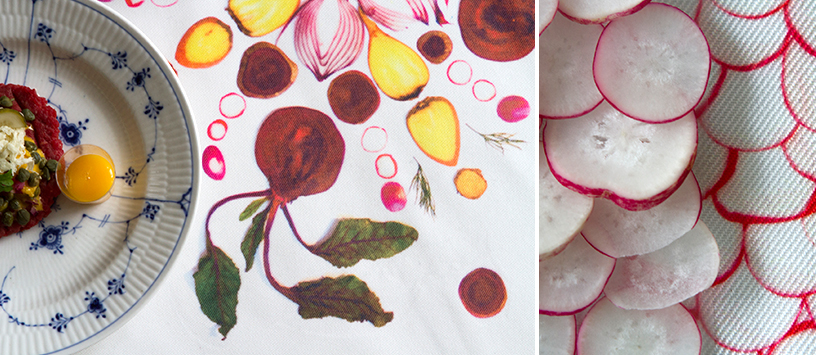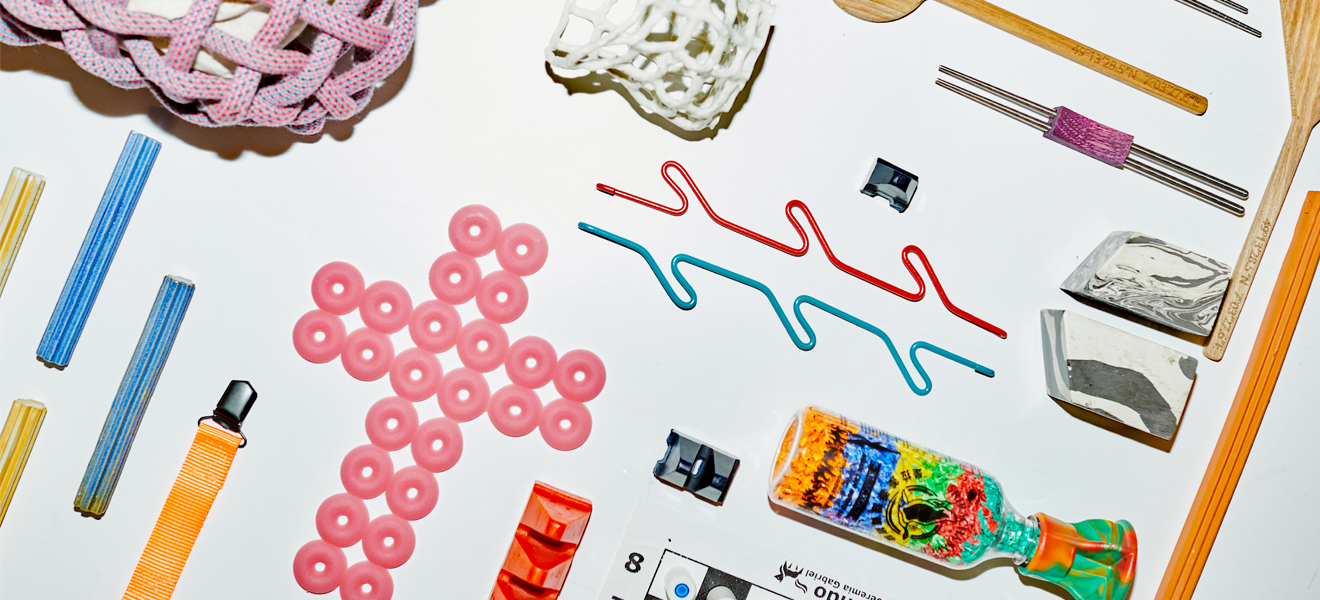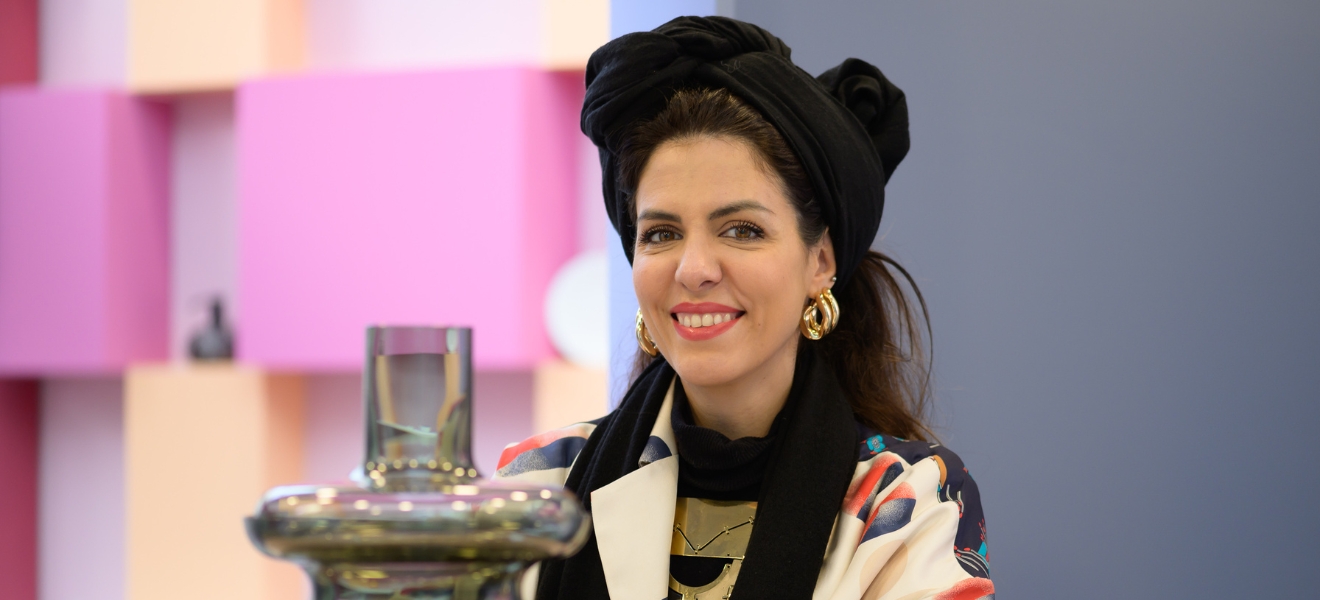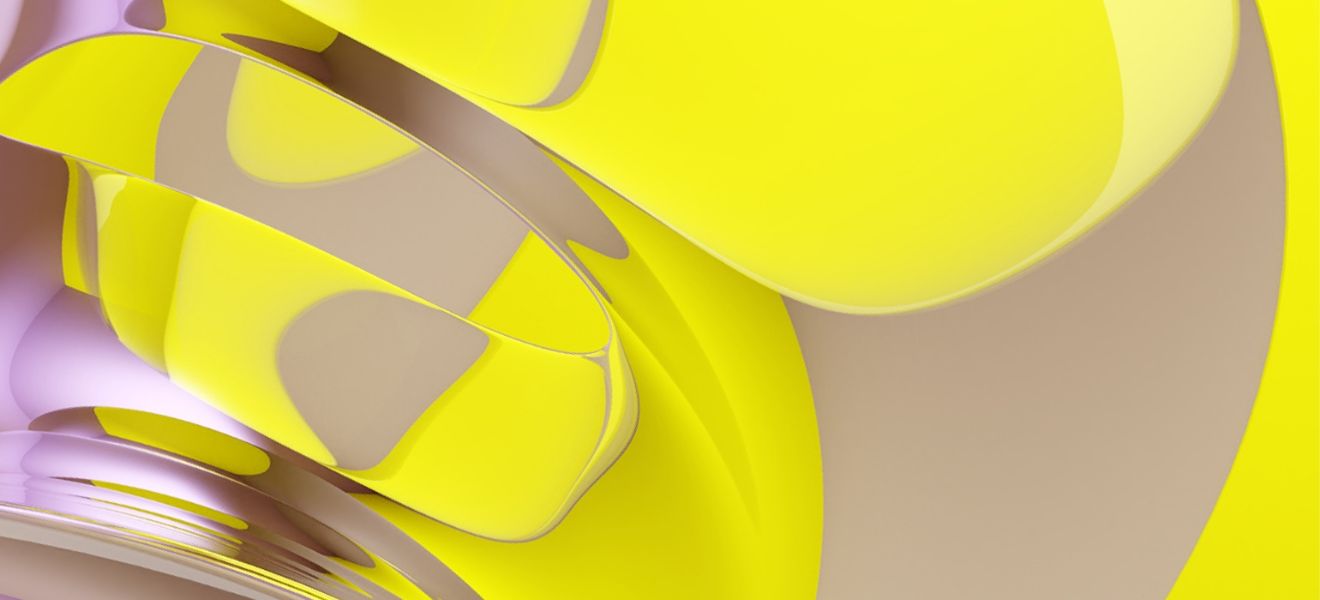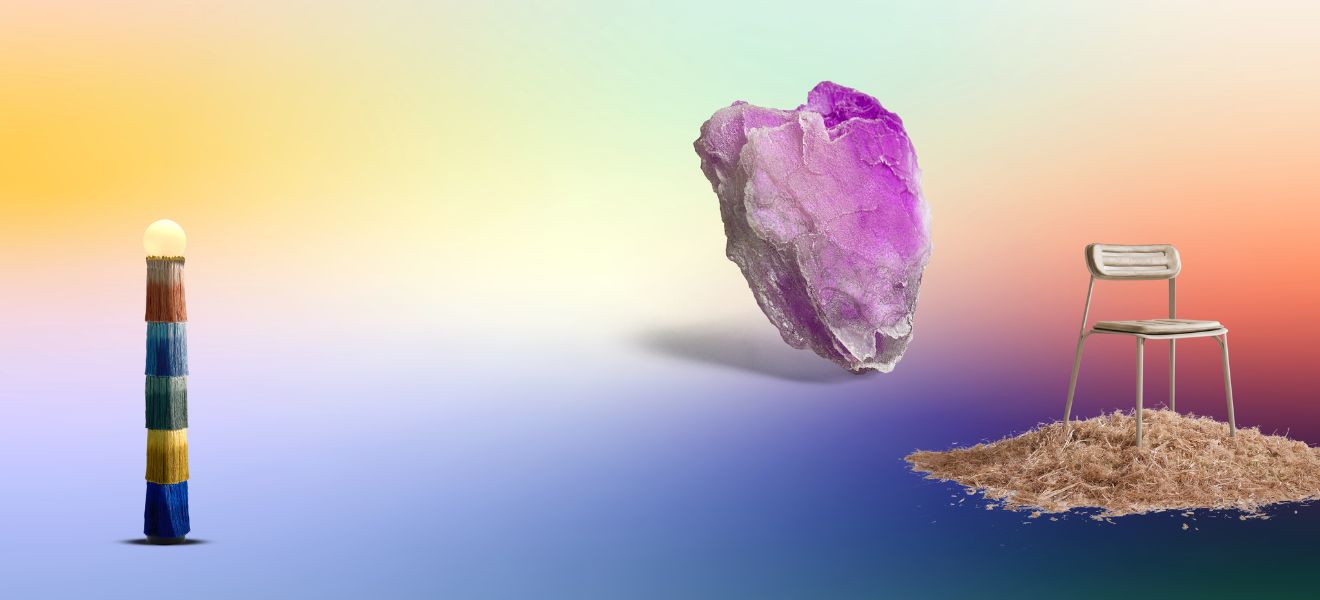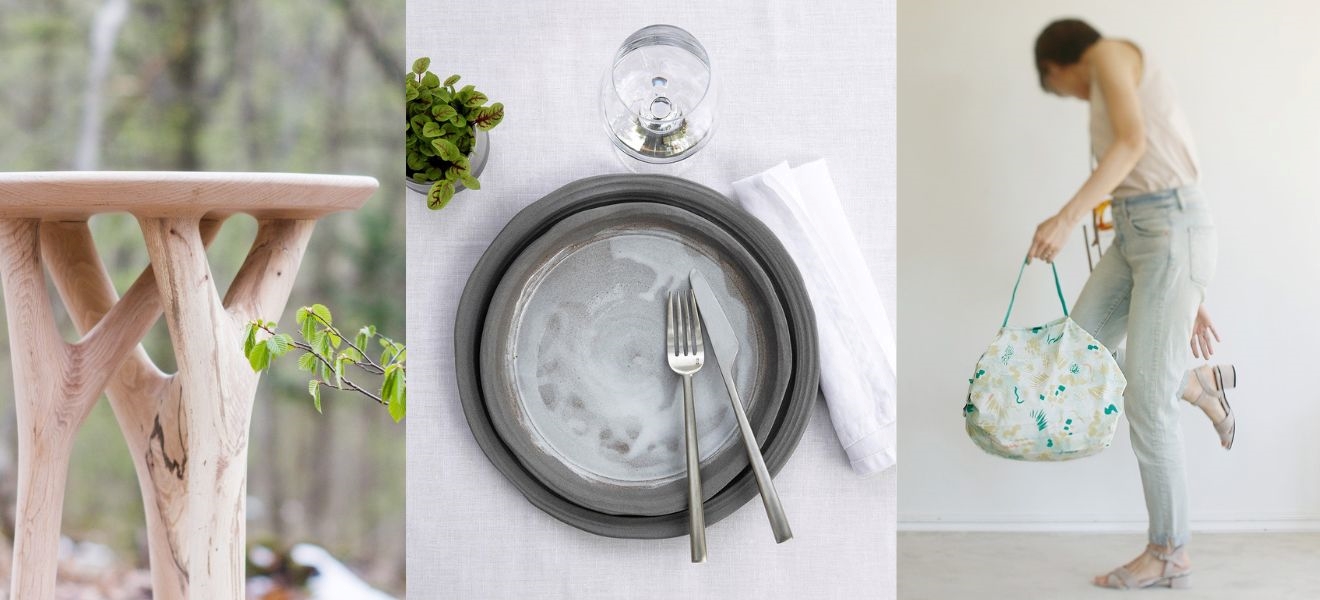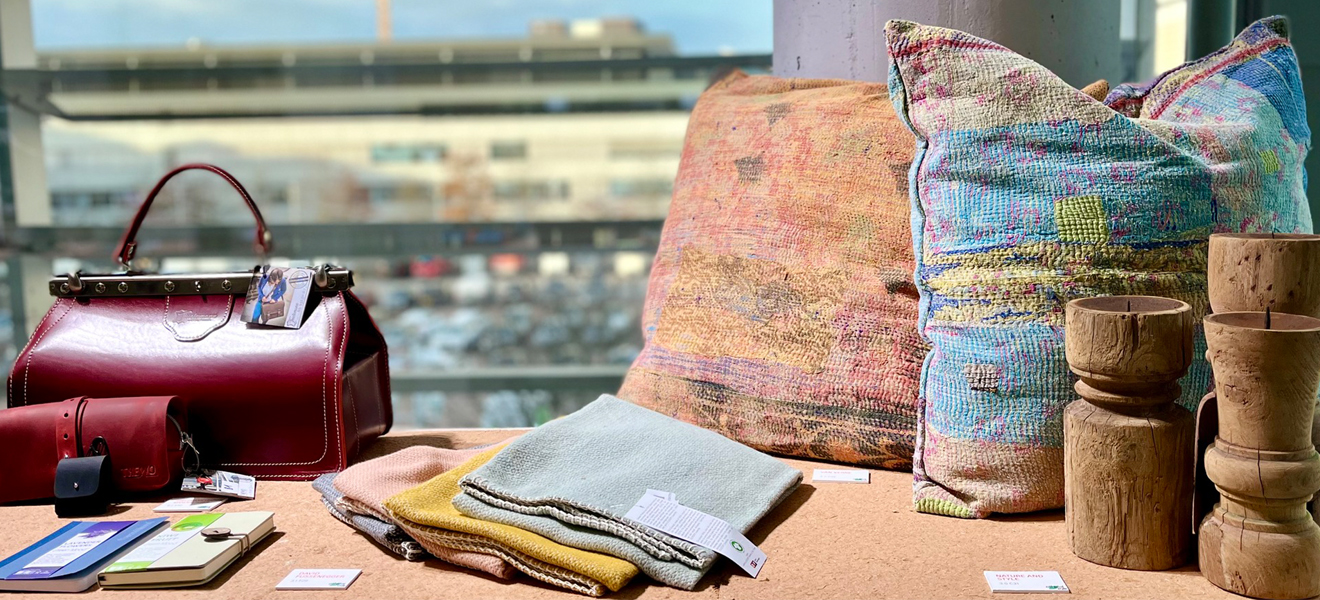Experimental designer Cecilie Elisabeth Rudolph makes authentic masterpieces for gourmet place settings out of fish skin. Although the plate decorations we saw resembled the finest lace, they were in fact gossamer-like fish skins designed to enhance the visual impact of a dish. The examples at Ambiente looked as if they could have been made on a loom by tiny mermaids. Apparently these deluxe skins are innovative ambassadors for the ‘Prestige Green’ trend, as Rudolph explained to us at #TalentsTuesday.
“I come from a country rich in fish” answers Cecile E. Rudolph when we ask her about her fascination with fish skins. The young Dane today lives in London, where she trained at the famous Central Saint Martins College of Art and Design as a textile designer. “I wanted to combine my roots with what I had come across in textile design. I’ve done this by copying textile structures onto fish skin. From this ‘waste’ skin, which is normally thrown away, comes an edible design.” What she drapes on plates and tables are masterpieces of illusion. Are they art or food design? The creator won’t come down in favour of one or the other. She could imagine them presented in a gallery, but she has her eye more on gourmet gastronomy. “They’d be cool for restaurants.”
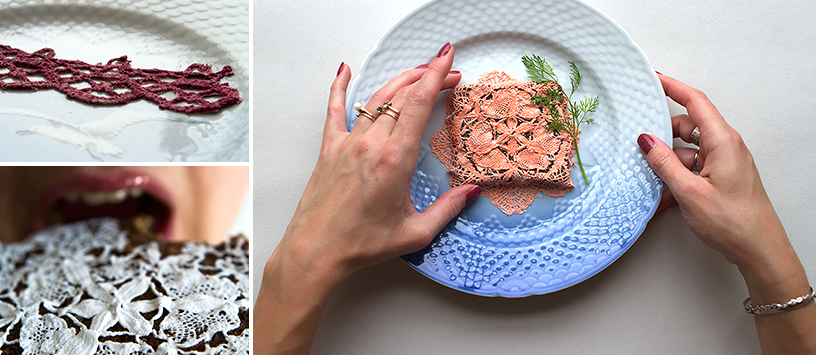
She loves creating confusion. For example, she imitates caviar with shiny plastic balls that she strings together on a flat surface. “I want to leave it unclear as to what’s ‘real food’ and what’s ‘fake food’. The effect is strengthened when you combine the two”, says Rudolph who develops her ideas in her London studio. A new departure is the creation of edible silks that open up countless points of reference with textile traditions and processes.

The talented Dane has caught the eye of a number of interior design magazines. And at Ambiente she knew precisely how to present her prototypes to attract maximum interest. Her fish skins not only look elegant, they also incorporate a key theme in today’s design world: respect and responsibility towards nature. At the Ambiente stand she showed us her catalogue with high-gloss photos of her gentle and wonderfully innovative creations – a sort of fish haute couture. “My idea was to create something beautiful and even luxurious from fish scraps.” Making luxury products from organic waste is a sort of upcycling deluxe. It is part of a trend that already has a name: ‘Prestige Green’.
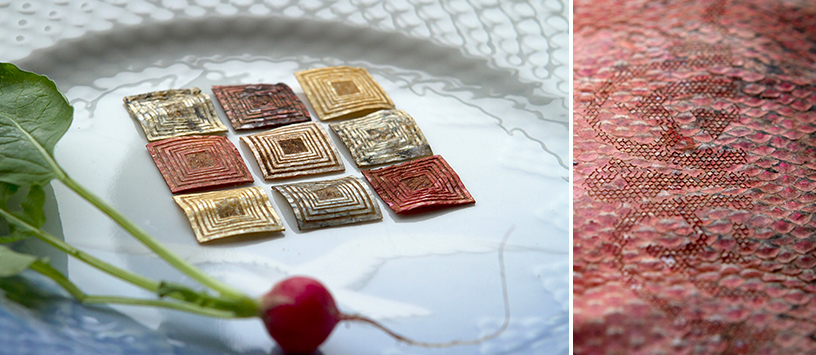
Rudolph takes shells, radishes and lots of other foodstuffs and arranges them in complex patterns that derive unmistakeably from textile art history. Or perhaps it’s the other way round. Didn’t textile artists in earlier centuries find inspirations for their fabric patterns from nature and its fruits? ‘Food Pattern’ is the name Cecilie E. Rudolph gives to these designs. The transient patterns are like the theoretical framework of her promising concept – they imitate, they turn upside down and they confound.
